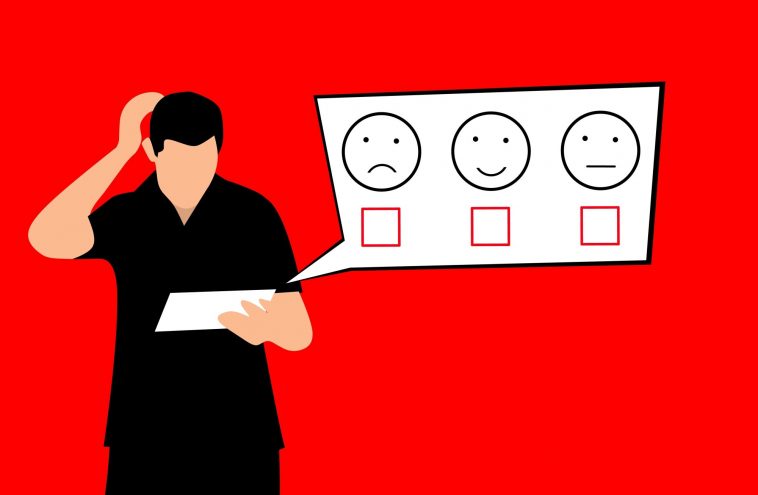Did you know that an organization’s customer service can actually transform a customer’s experience? According to a McKinsey & Company study, customer’s expectations are rising across various industries.
As customer experience becomes a central point of the sales experience, the study urges executives to develop a clear strategy to match and exceed these expectations. So, to measure customer experience, organizations will need to collect data, research and develop processes that the entire team can be a part of.
But, you may be wondering about customer experience metrics. What are the best ways to measure customer experience? How can you create processes? And will this help transform the customer experience?
Read on for five key metrics you need to know. This guide can provide effective ways to encourage repeat customers and high levels of satisfaction.
How to Measure Customer Experience?
Metrics are the most effective way to measure customer experience because they provide a quantitative assessment. How do they work? Metrics means data.
By collecting and analyzing data, you can use metrics or a quantitative system to measure, record, and process findings. Metrics provide an actionable tool to measure real results. So instead of assuming or generalizing customer satisfaction, you use real numbers and insight.
Not One Size Fits All
You need to analyze your own business and customer expectations to select the metric best for your needs. For example, if you sell a product that consumers may not have to replace often, you may place a different importance on retention rate. But, if your business depends on repeat customers, this metric is crucial for measuring your business’ success.
Look Inward and Outward
You can gain clarity on which metrics to choose by performing an internal and external analysis. For example, a SWOT analysis looks at your business’s strengths, weaknesses, opportunities, and threats. This deep-dive analysis can reveal where your business may be losing customers.
Therefore, you can develop a strategy to choose the most powerful metrics. So, what are some top metrics to help you grow your business and exceed your customer’s expectations? Read on!
- Customer Satisfaction
You think customers are happy, but how do you know the reality? Customer satisfaction is important for businesses’ profits and brand reputation. To measure customer satisfaction, consider quantitative tools such as email marketing or surveys.
On these mediums, you can ask customers for valuable feedback and opinions. Once you gather the responses and analyze this feedback, you can create actionable steps to build upon the positives and improve the negatives.
- Purchasing Behavior
Purchasing behavior refers to customers buying patterns. This includes how customers use or dispose of purchases and the emotions connected to these items. Purchasing behavior can reveal what your customer values and how they choose to spend money.
For example, you may see seasonal changes in purchasing behavior. Or economic factors could affect customer’s willingness to spend.
To assess purchasing behavior trends you can evaluate sales at different points of the year. You can collect data from specific customers according to client files and buying trends.
- Loyalty Drivers
Having a loyal customer base is a crucial step toward profitability. Without loyal customers, your business could suffer high turnover rates and low earning potential. Measuring loyalty can help understand the health of your business and the satisfaction level of your customers.
How to measure customer experience with loyalty? Use repurchase rate and participation rate to analyze.
Repurchase Rate
For example, if you sell a product or service, how likely is your customer to reorder or repurchase? Customers who keep coming back are loyal and invested in your business.
Participation Rate
If you have a loyalty program or club, participation rate can be an important metric. You can measure participation rate by analyzing key indicators like email sign-up, click and open rate or customer engagement. Participation rate can reveal what is working or not working in your loyalty programs.
For example, you may send out special customer loyalty newsletters with promotional offers. But, you notice click and open rate is extremely low and there is low sales conversion. This data can reveal what changes you have to make to engage your customers and encourage them to buy your product or service.
- Customer Churn Rate
The customer churn rate is the rate at which customers stop doing business with your company. This rate helps you to understand how quickly you are “churning” out customers. Like high turnover rates, high churning rates could reveal a deeper business problem.
Customer churn rate can effectively explain your customer’s satisfaction level and experience with your business. By analyzing the customer’s journey, you can pinpoint problems.
For example, if you have a website, is the customer adding items to their shopping cart? But do you notice they abandon the cart at a certain point? You may notice patterns or insights at these drop-off points that can help make the customer experience more efficient.
- Retention Rate
Retention rate is the ultimate customer metric because it reveals the level at which you keep clients and the business steady. Retention rate is a great example of how businesses can measure optimize and improve.
Measure Customer Experience to Keep Your Customers Happy and Profits High
It is important to measure customer experience because metrics provide actionable data and insights. It’s one thing to have a handle on your business and understand your clientele. But data-driven findings like customer satisfaction surveys, participation rate, and retention rate provide a solid ground to build upon.
How can you know what areas of your customer experience need improvement without doing the research? These metrics can do the work for you.
Did you find these customer experience insights helpful? Check out our other business stories.



